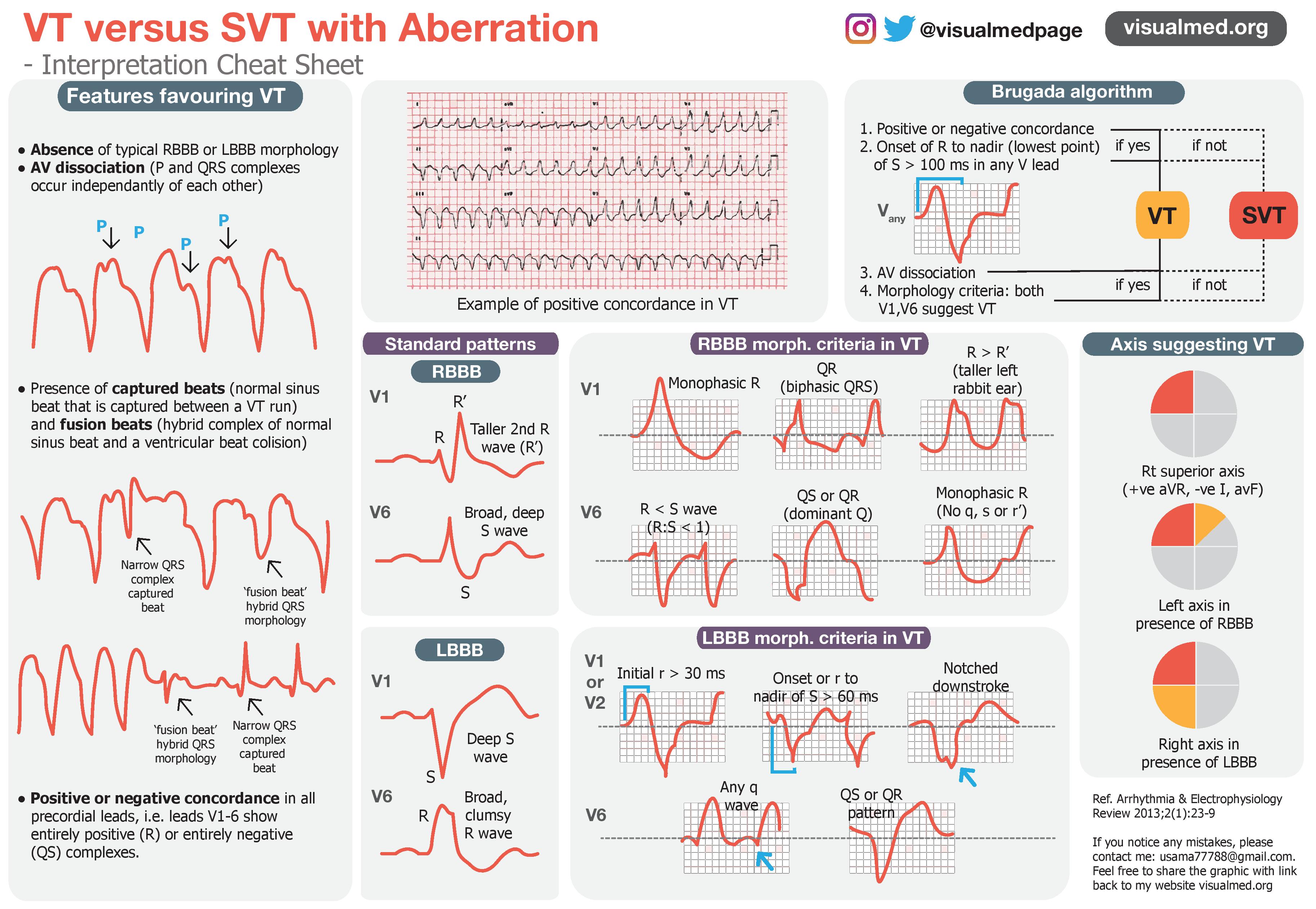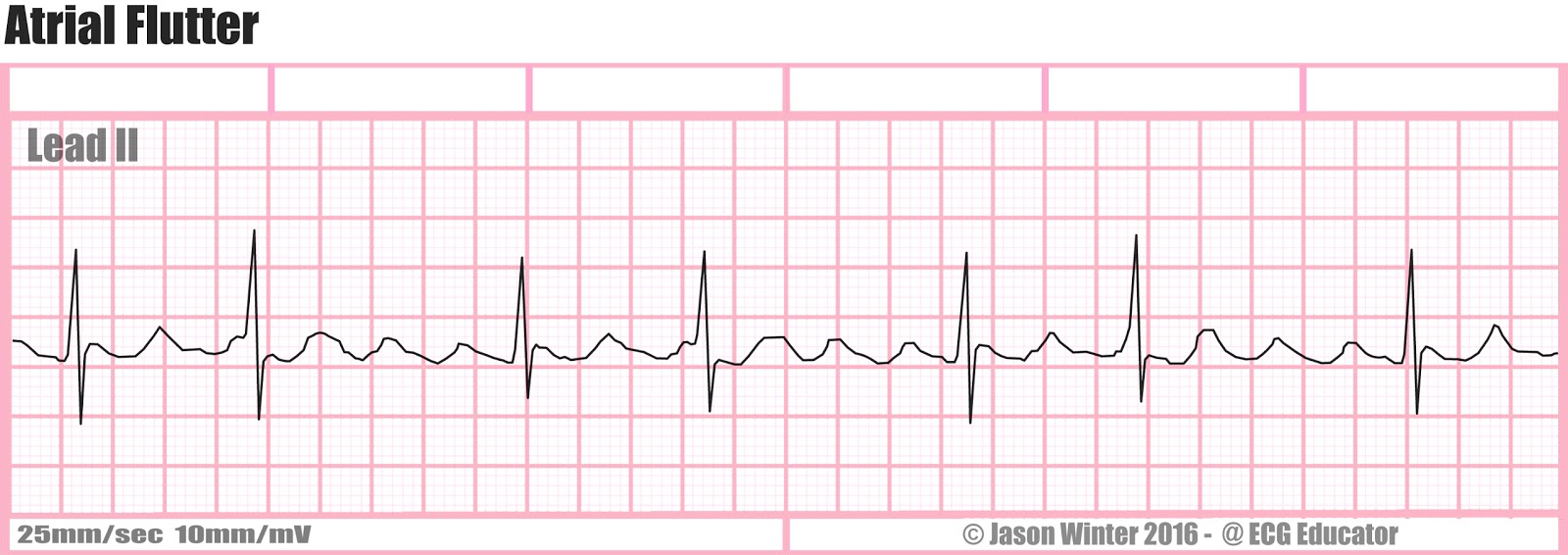
Flecainide and propafenone should be avoided in patients with left bundle branch block, or ischemic or structural heart disease (Class III). Sotalol is not recommended as a first-line antiarrhythmic drug due to an increased risk of proarrhythmia and mortality (Class III).

Catheter ablation in experienced centers should be considered. In ACHD, anticoagulation for focal AT or atrial flutter should be similar to that for patients with AF.
SVTs have been reported as risk factors for sudden cardiac death in patients with adult congenital heart disease (ACHD). Flecainide or propafenone should be considered for prevention of SVT in patients with WPW syndrome and without ischemic or structural heart disease (Class IIa). Beta-1 selective blockers (except atenolol) or verapamil should be considered for prevention of SVT in patients without Wolff-Parkinson-White (WPW) syndrome (Class IIa). During the first trimester, it is recommended that all antiarrhythmic drugs are avoided. Sotalol, propranolol, quinidine, and procainamide are no longer used in the updated guidelines for SVT management in pregnant women. Digoxin, beta-blockers, diltiazem, verapamil, and amiodarone are not recommended and are potentially harmful in patients with pre-excited AF (Class III). Noninvasive evaluation of the conducting properties of the accessory pathway in individuals with asymptomatic pre-excitation may be considered (Class IIb). Catheter ablation is recommended in asymptomatic patients in whom electrophysiology testing with the use of isoprenaline identifies high-risk properties, such as shortest pre-excited RR interval during AF ≤250 ms, accessory pathway effective refractory period <250 ms, multiple accessory pathways, and an inducible accessory pathway-mediated tachycardia (Class I). Verapamil, diltiazem, and beta-blockers remain as options for the chronic management of AVNRT, but they were downgraded from Class I to Class IIa. Multiple drugs have been removed from both the acute and chronic management of AV nodal re-entrant tachycardia (AVNRT). In post-AF ablation ATs, focal or macro–re-entrant, ablation should be deferred for >3 months after AF ablation, when possible. In all re-entrant and most focal arrhythmias, catheter ablation should be offered as an initial choice to patients, after having explained in detail the potential risks and benefits. 
Patients with atrial flutter without atrial fibrillation (AF) should be considered for anticoagulation, but the threshold for initiation is not established (Class IIa).
Dofetilide, sotalol, flecainide, propafenone, procainamide, quinidine, and disopyramide are no longer recommended for chronic management of atrial flutter in the new guidelines. Atrioventricular (AV) nodal ablation followed by biventricular or His-bundle pacing should be considered for patients with left ventricular dysfunction due to recurrent multifocal AT refractory to drug therapy (Class IIa). Verapamil, diltiazem, or a selective beta-blocker should be considered (Class IIa). For multifocal AT, treatment of an underlying condition is recommended as a first step (Class I). Beta-blockers should be considered for recurrent focal AT or atrial flutter, if ablation is not possible or successful. 
Catheter ablation is recommended for recurrent focal AT, especially if incessant or causing tachycardia cardiomyopathy. Amiodarone, sotalol, and disopyramide are not recommended for chronic suppression of focal AT. Procainamide, sotalol, and digoxin are no longer recommended for the acute management of focal atrial tachycardia (AT).Ivabradine alone, beta-blocker alone, or both agents taken together should now be considered in symptomatic patients (Class IIa). Verapamil/diltiazem and catheter ablation are no longer recommended for inappropriate sinus tachycardia.Sotalol and lidocaine have been removed from the acute management of wide complex tachycardia algorithm. Amiodarone and digoxin are no longer mentioned in the new guidelines for the acute management of narrow complex tachycardia.

Atrial flutter vs svt update#
This is the first guideline update for SVT by ESC in 16 years.The following are key points to remember from the 2019 European Society of Cardiology (ESC) guidelines for the management of patients with supraventricular tachycardia (SVT):








 0 kommentar(er)
0 kommentar(er)
